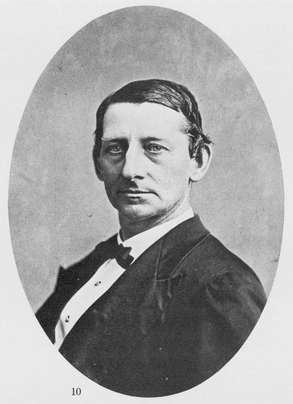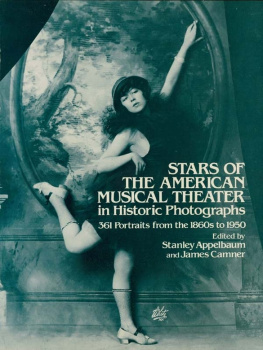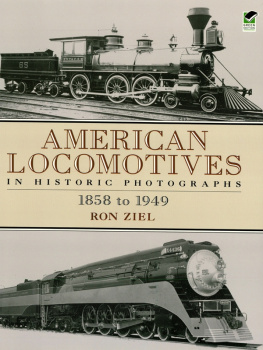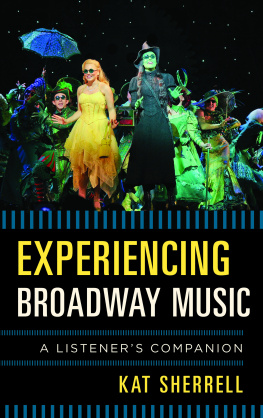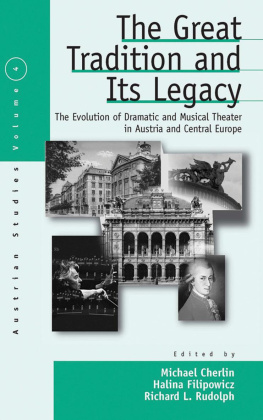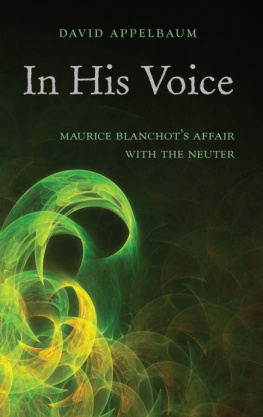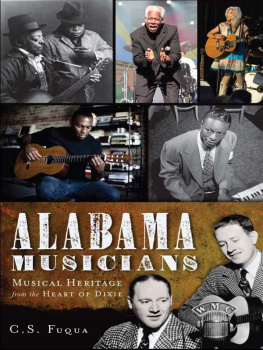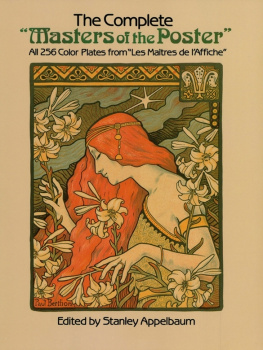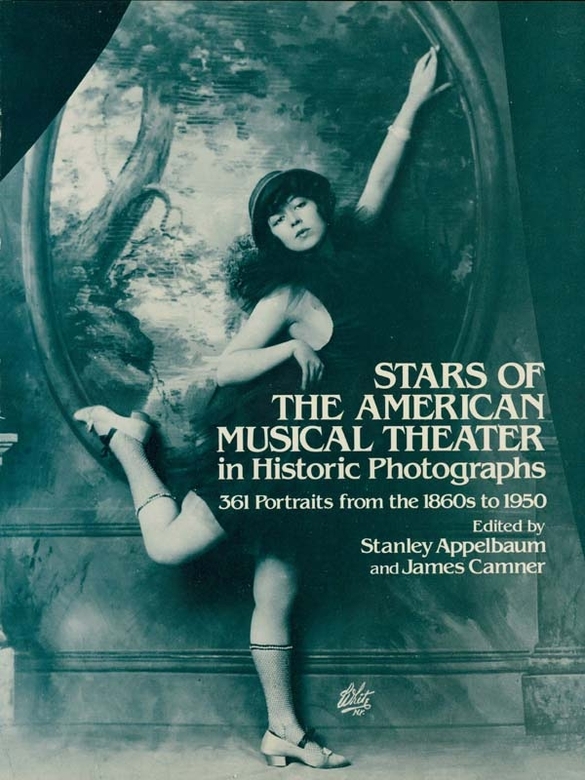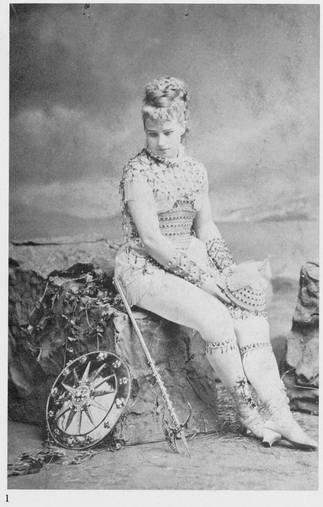PICTURE SOURCES
The publisher and the two editors are most grateful to the following lenders of pictures. In a sense, this book is dedicated to the energy and generosity of these private collectors and dealers, who have made such a volume possible at a moment when public institutions are sorely tried. (The numbers are those of the illustrations.)
Eubie Blake: 194.
Robert Connally: 153, 159, 193, 195, 206, 215, 220, 231, 235, 254, 288, 301, 308, 335.
Dover Publications picture archive: 62, 65, 78, 167, 237, 238, 269, 270, 309.
Diane Koszarski: 163.
Lim M. Lai: 150.
W. Neale Lanigan: 168.
La Scala Autographs, Inc.: 101, 113, 164, 166, 184, 198, 207, 214, 222, 223, 232, 2.50, 251, 253, 296, 302, 306, 337, 356, 357.
Robert Tuggle: 114.
The following 83 autographed photos in this book come from M. Wesley Marans International Gallery of Autographed Photos (This Is My Favorite Photograph of Myself) (the collection includes all occupations and interests from all over the world, e.g. aviation, politics, sports, womens liberation, literary, the arts, inventors, etc.; competent authorities say no other similar collection compares with this in quality or scope; the Boston Athenaeum had a two-week exhibition in May of 1981 devoted entirely to the showing of 125 of the 5000 autographed photos in this collection): 57, 61, 71, 80, 86, 88, 95, 115, 117, 121, 127, 135, 138, 143, 146, 149, 151, 172, 174, 177, 178, 192, 197, 199, 200, 201, 203, 204, 208, 209, 216, 227, 228, 241, 242, 246, 247, 248, 252, 256, 257, 260, 261, 268, 271, 273, 274, 276, 279, 281, 282, 283, 285, 286, 289, 291, 293, 294, 300, 303, 304, 305, 307, 310, 311, 315, 316, 318, 319, 320, 323, 328, 329, 330, 345, 346, 347, 348, 350, 351, 354, 358, 359.
All the other pictures are from the collection of co-editor Appelbaum.
The unprecedented social upheaval and flow of money attendant on the Civil War left American audiences receptive to the more daring entertainments already current in Europe. The Black Crook of 1866 (not a musical but a romantic play with ballet sequences) and its spinoffs familiarized New Yorkers with pretty girls in tights. Then in 1868 the American conception of burlesque (a musical spoof of literature or history with parody lyrics fitted to standard tunes) was broadened by the arrival of Lydia Thompsons British Blondes. The three stars, all English, are shown on this page.
PAULINE MARKHAM (ca. 18471919) was the chief beauty of the troupe. She continued to appear in N.Y. burlesque and variety (the earlier phase of vaudeville) and starred in the Black Crook revivals of 1870 and 1873. In the later 1870s she headed her own troupe but by the 1880s was connected only with seedier attractions. (Photo: Mora, N.Y.) LYDIA THOMPSON (18361908). On stage in England from 1852 in burlesque and pantomime (not a wordless show, but a musical clown extravaganza based on childrens literature). Appeared in burlesques and other musicals in N.Y. 186874, 1877, 1888, 189192. HARRY BECKETT (18391880), chief comedian of the troupe. Had appeared earlier in Liverpool. With Lydia Thompson until 1872; then, until shortly before his death, principal low comedian of the leading N.Y. stock companyWallacks.
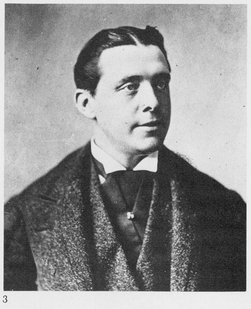
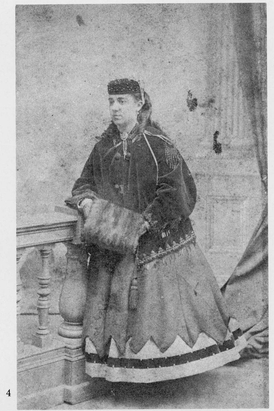

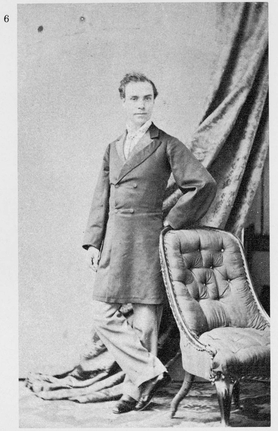

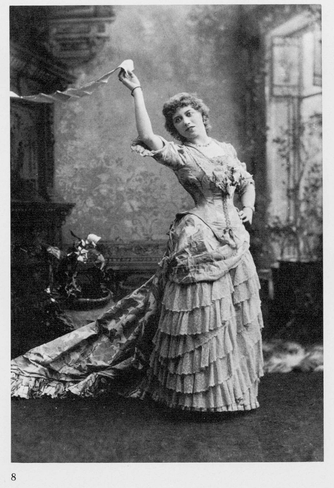
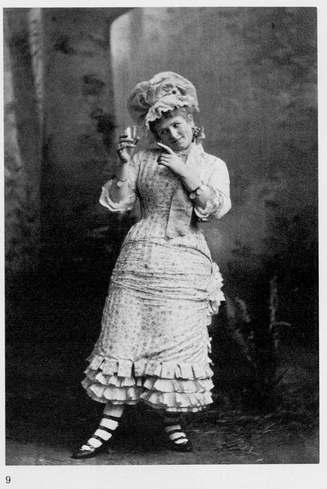
JENNIE WORRELL (ca. 18501899). SOPHIE WORRELL (died 1917). The Worrells (there was another sister, Irene) were the outstanding American exponents of burlesque (preceding Lydia Thompsons arrival) and also prefigured the French opra-bouffe craze that hit the U.S. hard in 1869. They first appeared in N.Y. in 1866 as dancers and general performers in variety and had their own theater in 1867. In the 1870s the sisters went their separate ways, Sophie enjoying the longest career as Mrs. George S. Knight; with Knight, whom she married in 1879, she appeared in straight comedies and some musicals. Knight died at the outset of the 1890s; Sophies last N.Y. appearance was in 1893. (Photos: Black & Case, Boston.) WILLIAM HORACE LINGARD (ca. 18381927; born in England). In N.Y. variety from 1868 as singer, actor in his own sketches, quick-change artist and burlesque performer. Introduced many English music-hall song hits to America, including Captain Jinks of the Horse Marines. In full-length plays by 1872; not seen in N.Y. after 1882. (Photo: London & Provincial Photographic Co., London.) VOKES SISTERS. Left to right: ROSINA VOKES (18541894), JESSIE VOKES (18511884), VICTORIA VOKES (18531894); all born in England. The Vokeses, on stage at home from 1862, came to N.Y. in 1871 with their two-year-old show The Belles of the Kitchen, a distinctive kind of musical offering widely imitated in years to come: an everyday-situation comedy for a few performers interspersed with songs and specialities. The sisters returned to N.Y. every season through 1876. Jessie and Victoria appeared here without Rosina in 188182; Victoria was in N.Y. variety in 1890. ROSINA VOKES. Rosina struck out on her own, at the head of a troupe, by the early 1880s. Her N.Y. appearances in this capacity were in 1885 and from 1888 to 1893. (Photo: Falk, N.Y.; in costume for My Milliners Bill. ) NELLIE McHENRY (ca. 18531935). From 1875 to 1889 the star of Salsburys Troubadours, one of the foremost American groups imitating the Vokes idea (the leader, Nate Salsbury, became Buffalo Bills manager in 1884). From 1890 with her own troupes in variety. In The Quaker Girl (1911). (Photo: Sarony, N.Y.)
